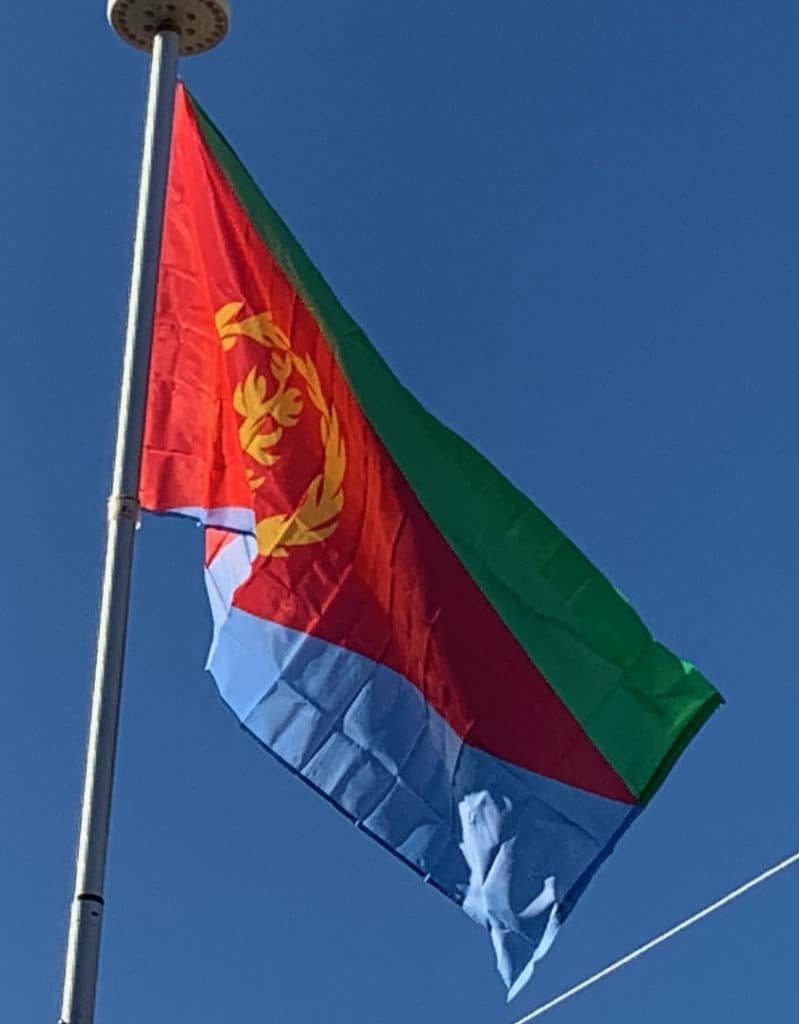The Ottomans were eventually driven out in the last quarter of the 16th century. However, they retained control over the seaboard until the establishment of Italian Eritrea in the late 1800s.
Modern History:
Italian Eritrea:
The boundaries of the present-day Eritrea nation state were established during the Scramble for Africa. In 1869 or 1870, the ruling Sultan of Raheita sold lands surrounding the Bay of Assab to the Rubattino Shipping Company. The area served as a coaling station along the shipping lanes introduced by the recently completed Suez Canal. It had long been part of the Ottoman Habesh Eyalet centered in Egypt. The first Italian settlers arrived in 1880.
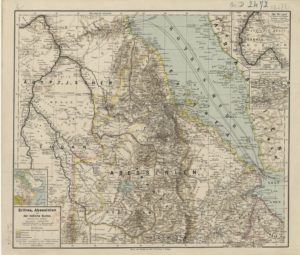
In the vacuum that followed the 1889 death of Emperor Yohannes IV, Gen. Oreste Baratieri occupied the highlands along the Eritrean coast and Italy proclaimed the establishment of the new colony of Italian Eritrea, a colony of the Kingdom of Italy. In the Treaty of Wuchale (It. Uccialli) signed the same year, King Menelik of Shewa, a southern Ethiopian kingdom, recognized the Italian occupation of his rivals’ lands of Bogos, Hamasien, Akkele Guzay, and Serae in exchange for guarantees of financial assistance and continuing access to European arms and ammunition. His subsequent victory over his rival kings and enthronement as Emperor Menelek II (r. 1889–1913) made the treaty formally binding upon the entire territory.
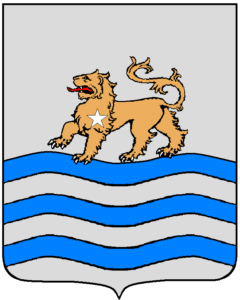
In 1888, the Italian administration launched its first development projects in the new colony. The Eritrean Railway was completed to Saati in 1888, and reached Asmara in the highlands in 1911.
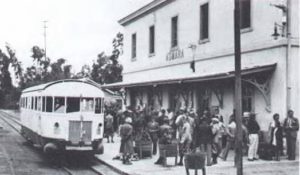
The Asmara–Massawa Cableway was the longest line in the world during its time, but was later dismantled by the British in World War II. Besides major infrastructural projects, the colonial authorities invested significantly in the agricultural sector. It also oversaw the provision of urban amenities in Asmara and Massawa, and employed many Eritreans in public service, particularly in the police and public works departments. Thousands of Eritreans were concurrently enlisted in the army, serving during the Italo-Turkish War in Libya as well as the First and Second Italo-Abyssinian Wars.
Additionally, the Italian Eritrea administration opened a number of new factories, which produced buttons, cooking oil, pasta, construction materials, packing meat, tobacco, hide and other household commodities. In 1939, there were around 2,198 factories and most of the employees were Eritrean citizens. The establishment of industries also made an increase in the number of both Italians and Eritreans residing in the cities. The number of Italians residing in the territory increased from 4,600 to 75,000 in five years; and with the involvement of Eritreans in the industries, trade and fruit plantation was expanded across the nation, while some of the plantations were owned by Eritreans.
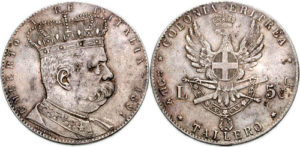
In 1922, Benito Mussolini’s rise to power in Italy brought profound changes to the colonial government in Italian Eritrea. After il Duce declared the birth of the Italian Empire in May 1936, Italian Eritrea (enlarged with northern Ethiopia’s regions) and Italian Somaliland were merged with the just conquered Ethiopia in the new Italian East Africa (Africa Orientale Italiana) administrative territory. This Fascist period was characterized by imperial expansion in the name of a “new Roman Empire”. Eritrea was chosen by the Italian government to be the industrial center of Italian East Africa.
